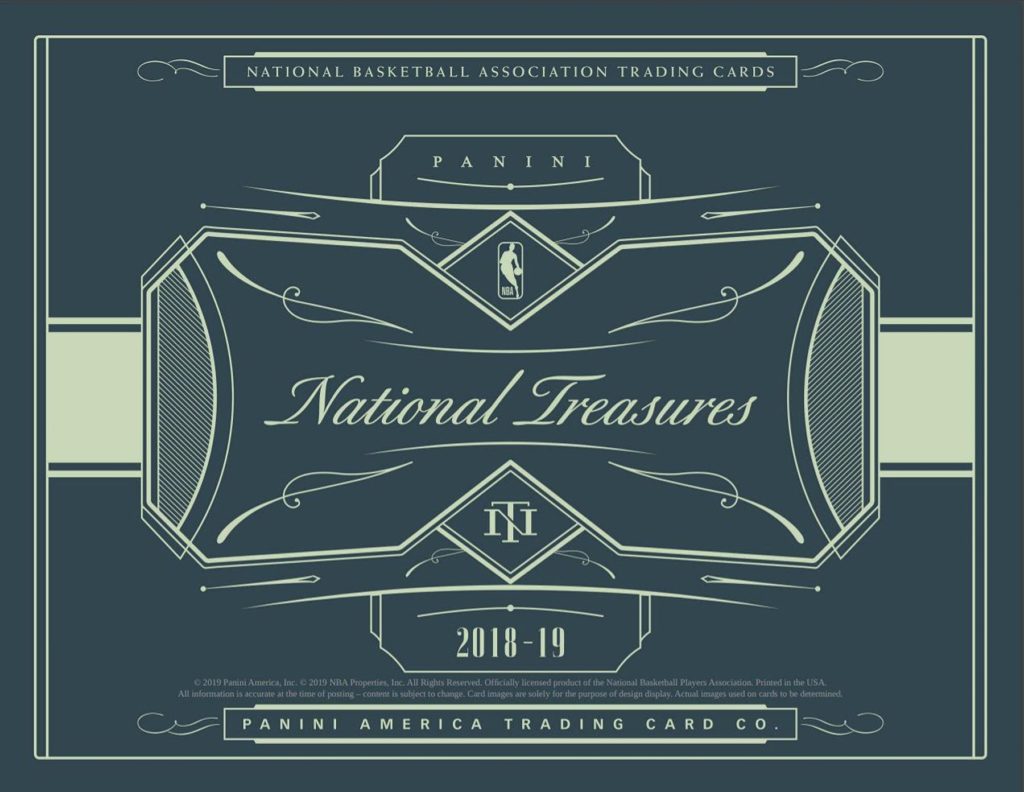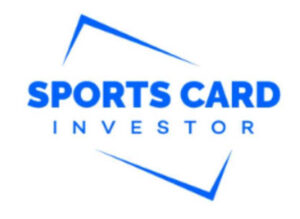
First Year Back in the Hobby: Understanding Basketball Card Sets
This guest post came through our Article Submission Program. Thoughts and opinions are those of the author.
Welcome back to all those who read my first article which kicked-off my journey back into the sports card hobby. My knowledge of basketball players is much greater than my knowledge of card collecting, and for this first year, that’s what I’m relying on to make my investing decisions. Meaning, one of the first major steps for me to become a smarter investor, is understanding card sets and the differences between them.
Doing the research for this article, and trying to understand the value of a set past the price tag, was and still is confusing. Some basics that I’ve tried keeping in mind and think other beginners should as well include:
- Supply and demand drives the market
- Player talent is more important than the set.
- Every set has a market, but some are more valuable than others.
Hopefully, each of these points is self-explanatory. The main point being you can have fun and make money regardless of the set you decide to focus on. And yes, I strongly suggest focusing on a set or two, especially if you’re just starting out.
Before getting into the details it should be said that I will not be covering every release Panini offers. I’ll be focusing on some of the most common sets, and having a little fun. Instead of ranking them numerically, or just giving my thoughts, I’ve broken them down into the categories of All-NBA, Starters, Bench Players, and G-League. These are personal categories by the way, and I’ll explain what each means.
What’s important to understand but maybe not obvious is that each set has different card varieties. You’ve probably heard of Prizm Silvers, but Prizm also has the Purple Wave, Pink Ice, Green, Gold, Fast Break, etc… These different versions of the base card are called parallels. The best resource I’ve found for understanding this is the official Beckett website. Below is a quick overview of sets to get you basic information and help you decide which ones you want to investigate further.
All-NBA Level Card Sets
These are the best of the best when it comes to value. Not only are the boxes expensive, but hits like Luka and Zion are going for crazy amounts. These are for the investors and collectors who can spend big amounts on just a few cards. Even the base versions are printed in limited quantities, unlike most other sets. Additionally, these cards seem to all have a very similar look with a lot of clean white space. Very modern looking.
Immaculate
I warned you these sets are expensive. Immaculates are printed in limited quantities and have autographs, jersey swatches, or both. It’s worth noting that Panini releases a college and NBA set of Immaculate cards, with the NBA set holding much more value than cards with players in college jerseys.
Flawless
The Flawless set is very similar to Immaculate, but in even shorter supply. When investing in cards of any set it’s important to focus on rookies. The Flawless collection, however, has high price points for non-rookie cards, especially if they’re the one-of-one variety. This is probably the only set that makes sense if you’re thinking about investing in non-rookie cards.
National Treasures
These cards are maybe the guy who gets on the third team All-NBA by just a couple of votes. Like how Rudy Gobert was selected to the third team last year. A year in which Anthony Davis was hurt and Karl Anthony Towns seemingly got overlooked. Essentially, they’re not on the same level as Flawless or Immaculate, but still clearly above the Starter level. They’re more affordable, include things like jersey swatches and autographs, and have a nice clean look.
Starter Level Card Sets
This was the toughest category for me to fill. I could have made an argument for National Treasures to be moved down, and thought about moving the lone Bench Level Set up to Starter. I even thought about moving Prizms up to All-NBA just because they’re the most popular set. However, the criteria I settled on for the Starter Level Sets is that just like in the NBA, there is a range of starter quality players. Did you know Tony Snell is actually starting games for the Pistons? Conversely, Kyle Lowry has been a great player for years who could start for any team in the league.
Prizm
If you haven’t figured it out yet, the Prizm set is the standard among investors. It’s affordable, depending on the player, but also holds value. It has cards with huge supplies as well as those numbered x/199 and even 1/1. They have plain art cards as well as more attractive (read sparkly) ones. The Prizm Silvers are the most traded version (aka parallel), however, the Silvers are non-numbered cards that have been going up in quantity recently, leading investors to expect a price drop at some point. It’s worth pointing out that what helps this product is the “availability” of cards with them being sold at places like Target and Walmart at a lower price point. I use the quotations simply because I made numerous stops, at many Target’s on and around the release date, and still wasn’t able to find a box. They also have higher-priced “hobby” boxes as well.
Donruss Optic
Be aware, there is also a straight Donruss set as well, which you should avoid. The Donruss Optic, however, seems to be growing in popularity, and while not on the same level as Prizm they’re a starter on a solid NBA team. If the Pistons traded for Donruss Optic, Snell would be moved to the bench. Originally I thought of these as a Bench Level Set, but the growing popularity and improving design have me optimistic about their future.
[adcards]
Bench Level Card Set
I only have one set for this level, and like I said I even thought about moving the Spectra set up to Starter. I decided they’re like a 6th man of the year candidate and play an important role on a playoff-contender, but less so on a lottery-level team. The Spectra set seems to get less attention than those at the Starter Set Level. Hitting on stars is where the real money and attention is, but creating a solid collection of high-level starters can bring returns as well.
Spectra
These are among the most unique and fun cards in my opinion because they add colors, shimmer, jersey swatches, and on-card autographs. The base cards of superstars hold value, but the main draw is the memorabilia cards. This is the set I’ve decided to spend much of my attention and money on. If I swing and miss on a player, I know I’ll still enjoy looking at the card as part of my collection. Meanwhile, it combines an attractive design with autographs and jersey swatches, both of which will catch the eye of younger investors.
G-League Level Card Sets
This seems pretty straightforward. These sets are very low level, and if you’re seen picking them up at Target you’ll probably get the side-eye from fellow investors. But hey, don’t let others dictate how you live your life. Just be aware that you need to collect loads of cards, hope someone becomes an absolute superstar, and then unload your collection to turn a profit. The other avenue is getting lucky enough to pull one of the very rare high-quality cards, of an in-demand player, and moving it for a quick profit.
NBA Hoops
The NBA Hoops set has a long history, and I have plenty of cards in this set from the junk wax era of my childhood. However, none hold any real value. They’re still mass-produced and seem to enjoy the outdated card artwork. Personally, I think they have too many different card versions that make it tough to know which ones people care about and therefore hold real value. Like the other sets they do have numbered and autographed cards, but outside of the top tier cards of Zion, Luka, or Ja, the room for investing just isn’t that big.
Threads
Although at the same tier as the NBA Hoops set, the Threads set has drastic differences. It doesn’t have a long history of printing like Hoops does, but the artwork is much better in my opinion. The set checklist is smaller than that of Hoops, but the demand seems even lower. I simply don’t see a path to long-term investment success through the Threads set.
Conclusion
I’m sorry. But now is when the hard work begins. I don’t mean choosing the set to invest in, I mean following this up with your own research. This is far from a complete guide to the Panini basketball card sets. Luckily, you only need to become an expert in one or two, but you’ll need to do research before deciding which one(s) to focus on. Some helpful ways to do this include:
- Visiting the official Becket website and searching for the yearly checklists of each set to understand the different parallels and card counts.
- Searching the sold cards on eBay to see current prices.
- Reading articles and watching videos from other investors.
Ultimately Nick puts a tremendous amount of time and effort into research, do you do anything similar? How much time and effort do you contribute to your sports card investing? Tell us in the Comments below.
Ready to take your sports card investing to the next level? Join my Membership Program now for card picks, analytics, premium community access and much more!






